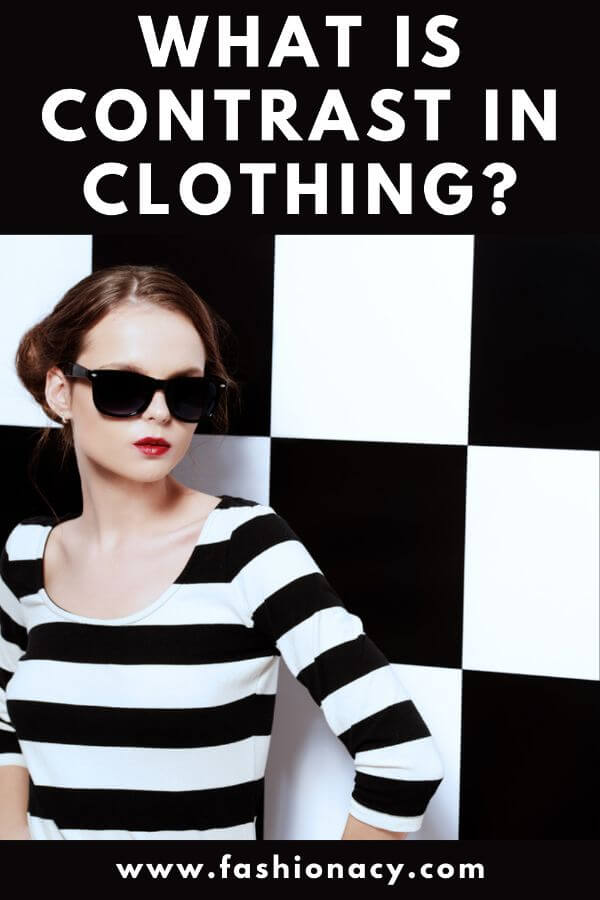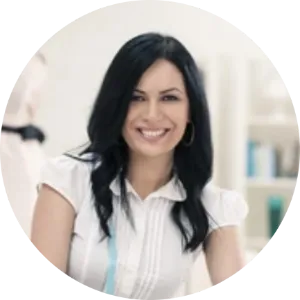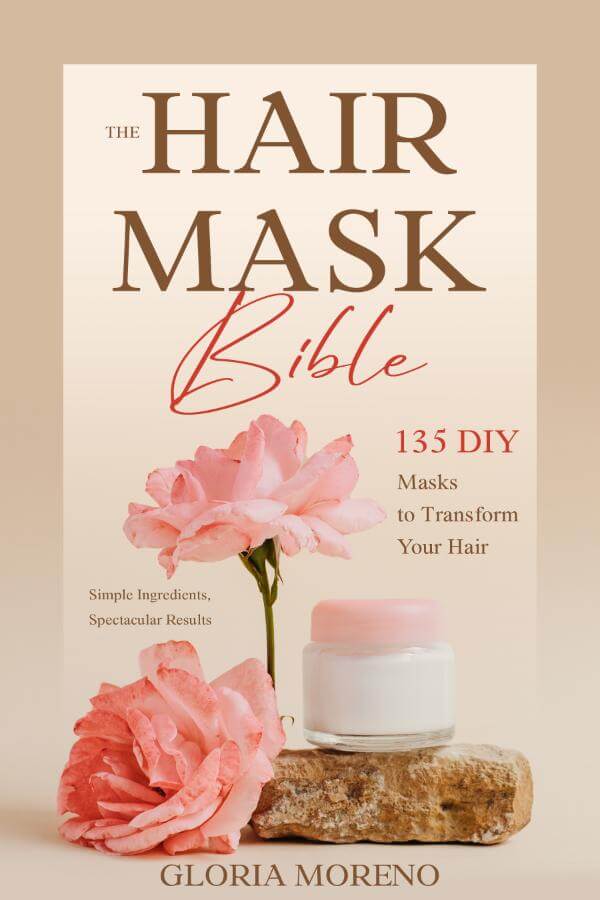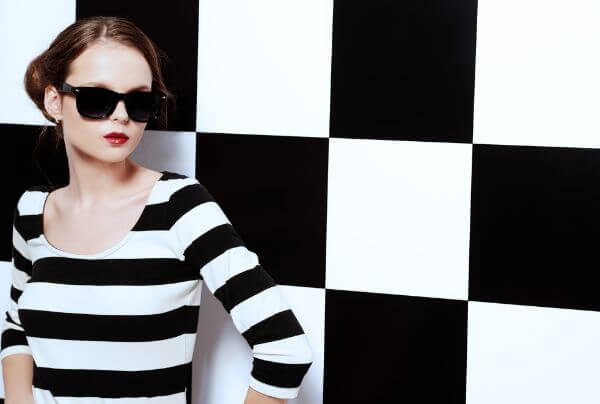
When it comes to creating your unique style and expanding your wardrobe, there are a few things to keep in mind in order to achieve your ideal look.
I’m going to start a little mini series called style basics with this article, and I’m going to break down some of these basics.
These are things that happen behind the curtains, and if you know what they are, you can use them to create your ideal wardrobe.
I’m going to talk about contrast in clothing in this article.
I’d want to discuss what contrast is, how to determine your individual contrast levels, and how this information might benefit your clothing.
So let’s get this party started.
Table of Contents
What is Contrast?
Let’s start with a definition of contrast.
Contrast is defined as the state of being significantly distinct from something else.
This will allude to light and dark when it comes to your clothing.
It refers to the contrast between your hair color, skin color, and eye color as it relates to you and your own coloring.
This is usually divided into three groups.
Low contrast, medium contrast, and high contrast are the three levels of contrast. I have a lot of contrast.
What’s Your Contrast?
It’s actually quite simple to determine your own contrast level.
You may certainly go into great detail here, with a variety of different processes and elements.
However, I recommend consulting an expert or professional for this because they can do it much more quickly and accurately.
However, for you and your particular style, this top-line knowledge is usually more than enough, and in my opinion, it is more than enough to satisfy your wardrobe needs.
So all you have to do now is snap a photo of yourself. Do this in natural light to achieve an accurate picture, and with minimal detail behind you to keep things simple.
After you’ve got the shot, convert it to black and white. The gray scale of your photograph will be revealed if you convert it to black and white.
After that, you can compare it to the overall grayscale of extreme light and extreme dark to see where you fall on the scale.

If you look at your photo and perceive very little contrast between your hair, eyes, and skin, and everything is very light in tone, you most likely have low contrast.
You’re probably medium contrast if everything is in the middle, there aren’t any extremes, and everything is in the middle range.
Then, if you’re seeing a lot of dark or extremes, such as a lot of light and a lot of dark, you’re probably experiencing high contrast.
Find an image on the internet to compare your image to if you’re having trouble being objective or if you’re not sure if you’re low, medium, or high.
Comparing your snapshot to that of another person can point you in the correct path, as you can observe if your highs and lows are similar to theirs. So you can categorize yourself as low, medium, or high contrast.
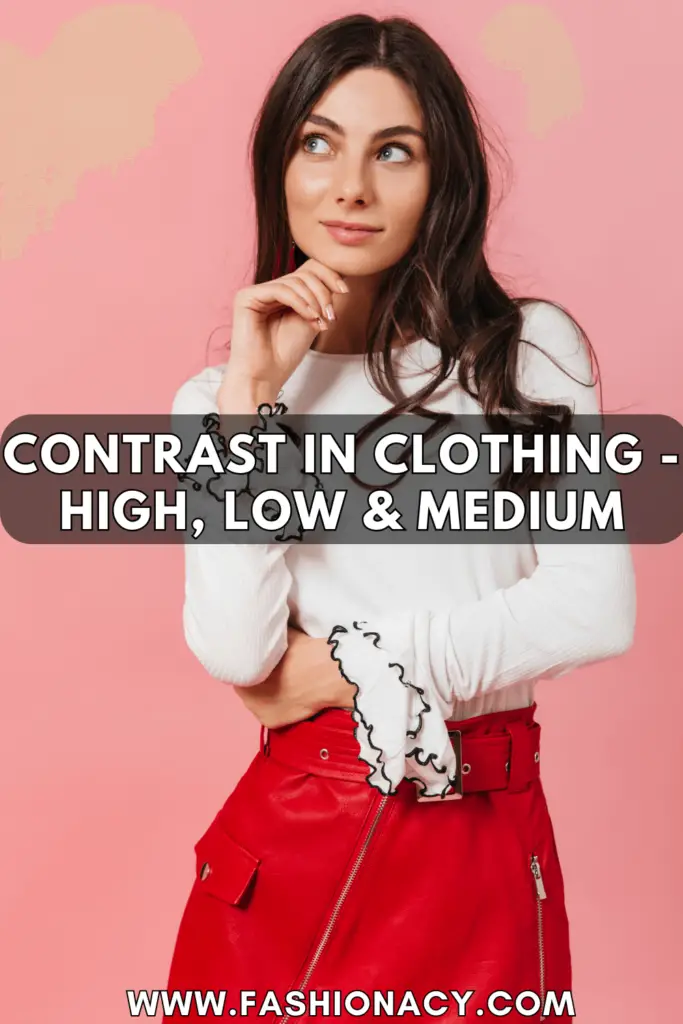
Why Is It Helpful?
Why is this data useful for developing a personal style?
Knowing your contrast level and whether you’re low, medium, or high can assist you in selecting colors that are similarly low, medium, or high. Then there are color combinations, such as low, medium, or high contrast color combinations.
Getting the contrast level perfect is almost as important as getting the undertone right in my opinion.
I have a lot of leeway in my life. As long as the contrast level is adequate, I may work with warm, cool, or neutral colors. It could be a great place to start.
You can also use this data to compare your own contrast level.
A lot of the advice we encounter about developing a distinctive style and color palette is focused on enhancing, accentuating, or harmonizing.
Contrasting what you naturally have has just as much merit, in my opinion.
If you’re low-contrast but like to wear high-contrast combos or deep colors, this might be a fun method to experiment with your own coloring and build a color palette.
Because you’re on the verge of pushing yourself forward. You get even more low-contrast as time goes on. That’s a great approach to play around with your particular style.
Use it in the way that will benefit you the most. It’s for this reason that personal style is so appealing.
